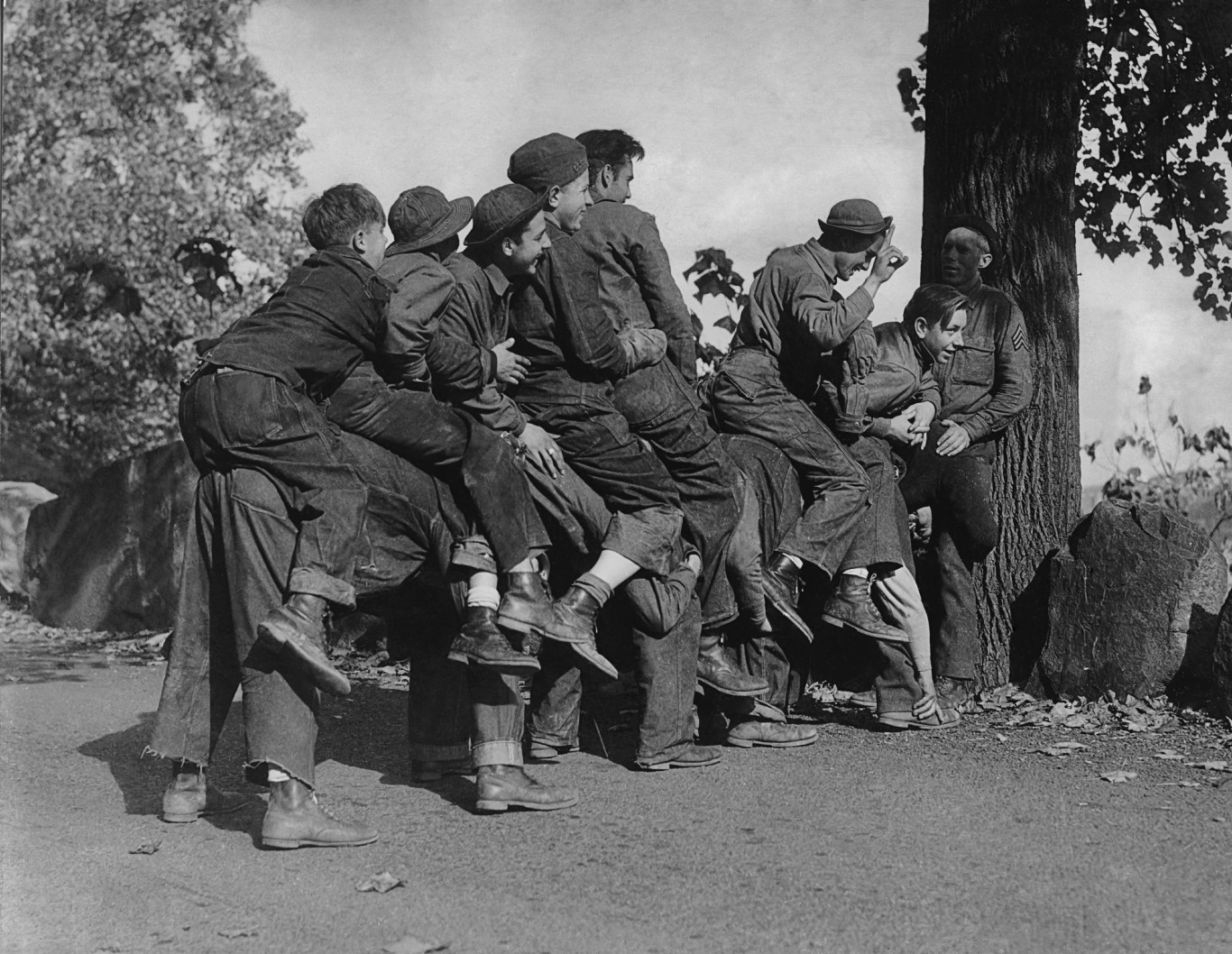Friday’s key economic data point came from the Bureau of Labor Statistics’ employment situation report for July. The unemployment rate dipped from 4.4% in June to 4.3%, and the U.S. economy added 209,000 jobs in the month, well above expectations for around 180,000 new jobs.
The labor force participation rate ticked up from 62.8% to 62.9%, and the employment-to-population ratio also ticked higher, from 60.1% to 60.2%.
The number of people not in the labor force declined slightly, from 94.81 million in June to 94.66 million in July. Year over year, the number of people not in the labor force rose from 92.92 million to 93.24 million, while the number of people who currently want a job dropped from 6.2 million to 5.7 million.
Job gains occurred in food services and drinking places, professional and business services, and health care. Employment growth has averaged 184,000 per month thus far this year, in line with the average monthly gain in 2016 (+187,000).
The average workweek for all employees was unchanged month over month at 34.5 hours. Average hourly earnings for all private, nonfarm employees rose by nine cents to $26.36. Year over year, average hourly earnings rose by 2.52%.
July’s underemployment rate (the U-6 unemployment rate), which includes those out of work and those working part-time but who would like to have full-time work, stood at 8.6%, unchanged from June.
July’s unemployment rate matches a 16-year low, which is good news for the U.S. economy because it means more Americans are working and spending. Complaints about a lack of skilled workers continue, even as employers remain reluctant to raise wages in an effort to attract more employees.
Thank you for reading! Have some feedback for us?
Contact the 24/7 Wall St. editorial team.



